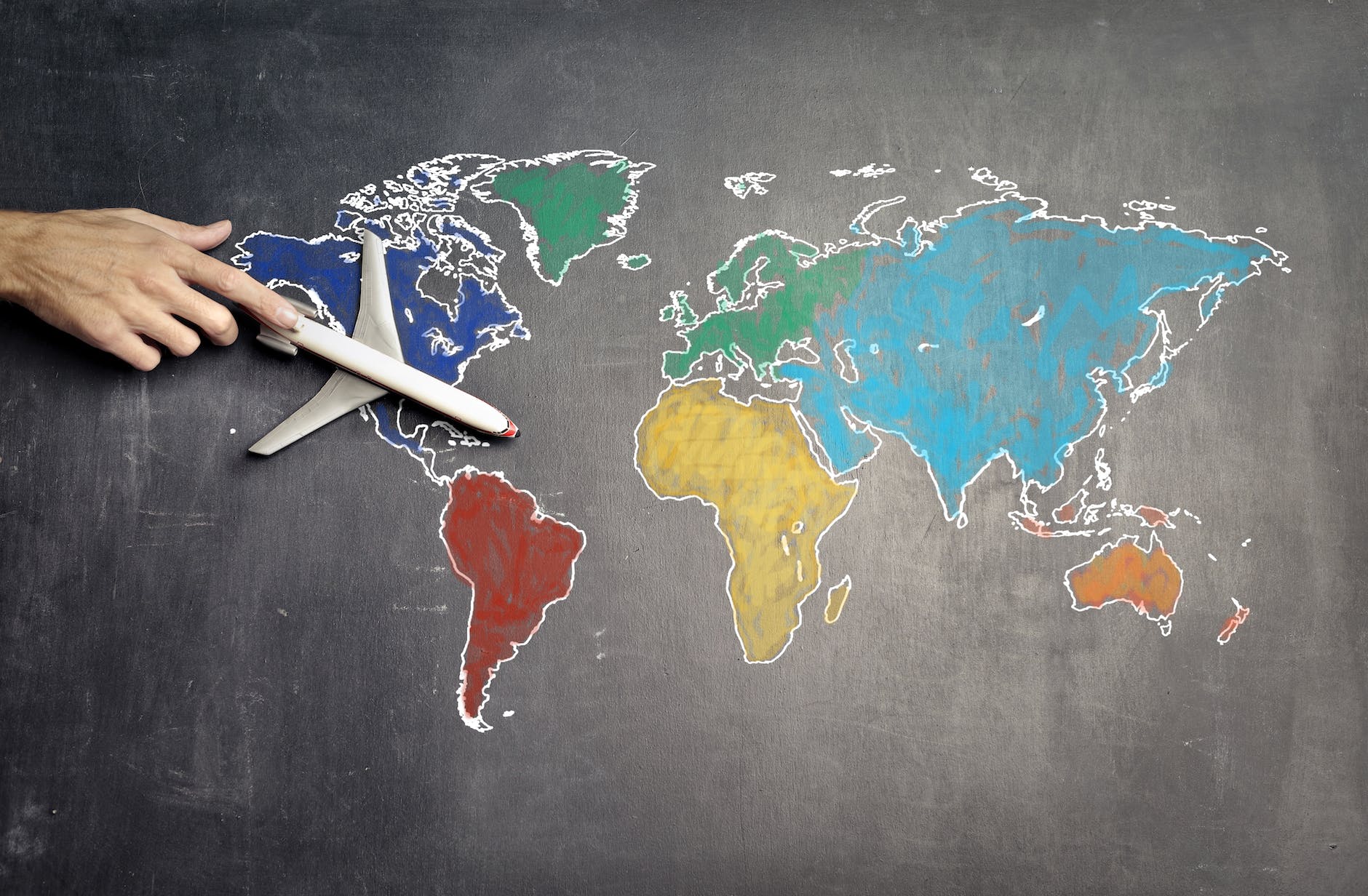Boeing’s recently unveiled Commercial Market Outlook (CMO) for the period spanning 2023 to 2042 paints a compelling picture of the aviation landscape in Africa. The report anticipates an extraordinary surge in intra-African passenger traffic, with expectations of quadrupling over the next two decades.
This substantial growth, among the highest globally, will necessitate the addition of a remarkable 1,025 new aircraft to Africa’s aviation fleet.
Africa’s air traffic growth, as projected in Boeing’s CMO, stands at an impressive 7.4%. This rate not only surpasses the global average of 6.1% but also ranks as the third-highest growth rate in the world. Randy Heisey, Boeing’s Managing Director of Commercial Marketing for Middle East and Africa, expressed confidence in African carriers’ capacity to support this extraordinary expansion. He noted that African fleets are set to embrace larger aircraft with increased seating capacity, particularly single-aisle planes like the Boeing 737 MAX.
The resurgence of African aviation traffic in 2023 can be attributed to pent-up demand and economic growth, partly driven by higher global commodity prices. Presently, airline flights in Africa have surged to levels 8% above pre-pandemic figures. Looking ahead, the long-term demand for air travel in Africa will continue to be fueled by an annual economic growth rate of 3.4%, urbanization rates, and a burgeoning middle-class population.
Furthermore, initiatives such as the African Continental Free Trade Area (ACFTA) and Single African Air Transport Market (SAATM) are poised to stimulate trade and enhance intra-regional connectivity. Key projections from the 2023 Africa CMO include:
- Europe as the Leading Origin and Destination: Europe is expected to remain the primary origin and destination for travelers to and from Africa, resulting in a 4.5% annual fleet growth for airlines in the region.
- Dominance of Single-Aisle Jets: Single-aisle jets are projected to dominate commercial deliveries, with 730 new planes primarily catering to domestic and intra-regional demand.
- Demand for Widebody Aircraft: African carriers are estimated to require 275 new widebody aircraft, encompassing both passenger and cargo models, to facilitate long-haul routes and air freight growth.
- Emphasis on Fuel Efficiency: Approximately 90% of African jet deliveries are expected to be fuel-efficient models like the 737 MAX, 777X, and 787 Dreamliner.
- Rising Demand for Aviation Personnel: The surge in aviation demand will necessitate 69,000 new professionals, including 26,000 cabin crew members, 22,000 technicians, and 21,000 pilots.
- Commercial Services Opportunities: Commercial services opportunities, including supply chain management, manufacturing, repair, and overhaul, are valued at a remarkable $105 billion.
As the African aviation sector continues its ascent, these insights from Boeing’s CMO shine a light on the region’s promising future and its potential to become a prominent player on the global aviation stage.





